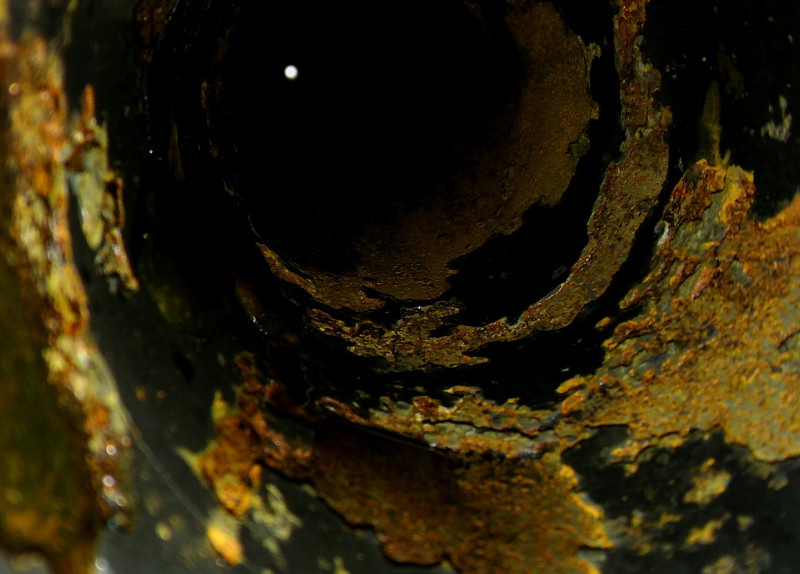

ReNu
PIC's process which enables early detection & remediation
It is well understood that maintaining reservoir permeability is the only way to achieve maximum recovery of reserves. So, why don't we do it?
The industry lacked an early diagnostic method to determine how and when the production cycle would cause damage from reservoir rock and fluids conditions, and even when damage was determined, treatments were too unreliable to risk a good well. So, the damage would be left to grow until complete well loss was being faced and remedying it, if possible at all, may cost more than the remaining well reserve value. The Renu Process solves both problems allowing for the early detection and remediation of problems present within the reservoir and well.
The ReNu process enables early detection by determining a baseline of well, reservoir, water, and crude conditions and then analyzing small changes over time via routine testing and monitoring. These changes provide crucial insight into the damage mechanisms present downhole. The most common problems observed are the development of wettability reversal, the formation of organic deposits and scale, and the migration of fines. By observing the onset of these problems PIC can design a targeted and thorough solution without the risk of large well damage often caused by conventional treatments. This method proves to be far more cost effective and successful by maintaining low volumes of selective products instead of trying to solve all the problems that can be downhole all at once with massive volumes of chemicals that can do far more harm than good.



